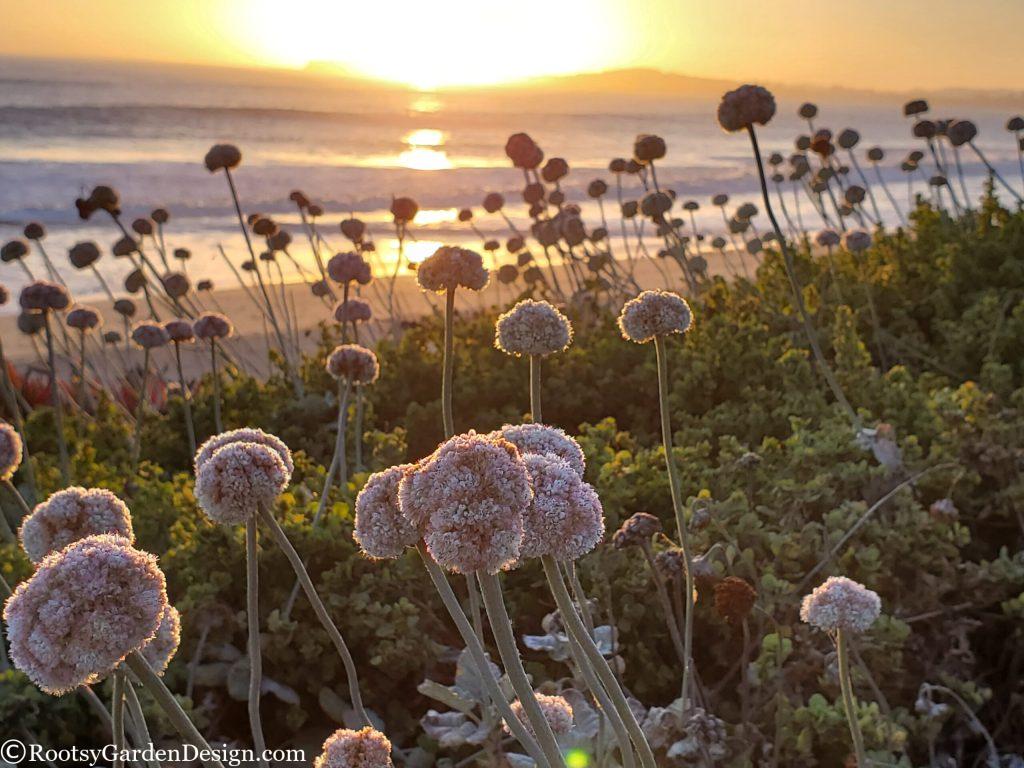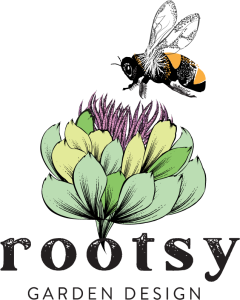Obligate Host Plants and the Beautiful Life Cycles they Support
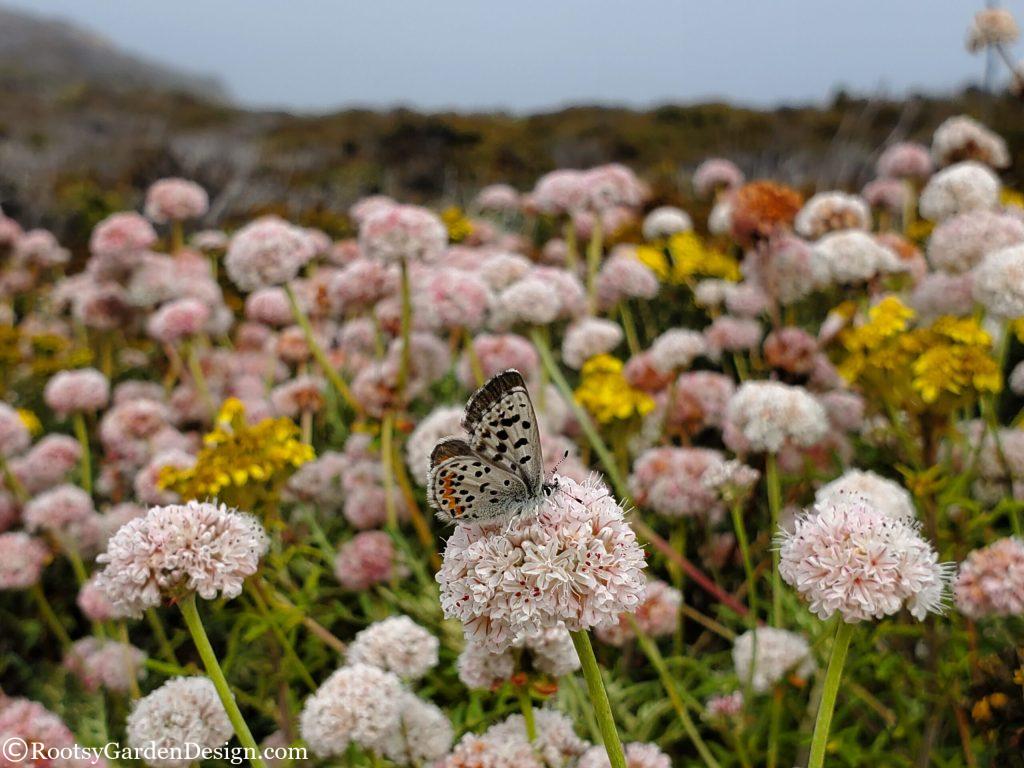
Obligate Host Plants
An obligate host plant is one that another being is reliant on for survival, for either one stage or for every stage of its life cycle. Similar to how Milkweed is the obligate host plant for Monarch Butterflies because it’s the only plant their larvae can eat – Smith’s Blue Butterfly relies on Buckwheat to complete its entire life cycle. If Milkweed ceased to exist, so would the Monarch. If Seacliff and Coast Buckwheats ceased to exist, so would Smith’s Blue Butterfly.
Smith’s Blue Butterfly co-evolved with its obligatory host plants so it’s no surprise they emerge from their cocoons in summer, just as the coastal buckwheats are beginning to flower. Driven by an instinctual act of survival for their species, they immediately mate and reproduce before their abbreviated 1-week lifespan comes to an end. They lay their eggs directly on the buckwheat flowers so the young larvae (which hatch rather quickly) are conveniently sitting right on top of their food source. The larvae feast on the nectar supply until the bloom season is over. As the Buckwheat flowers go to seed, the larvae transition into their long pupal stage (approximately 10 months to a year) where they remain in their cocoons until the following summer. When they emerge as adult butterflies, they begin the cycle all over again – beautifully fluttering above a sea of buckwheat looking for a mate. Because their entire life cycle revolves around their host plants, they never travel very far from the buckwheat on which they were born.
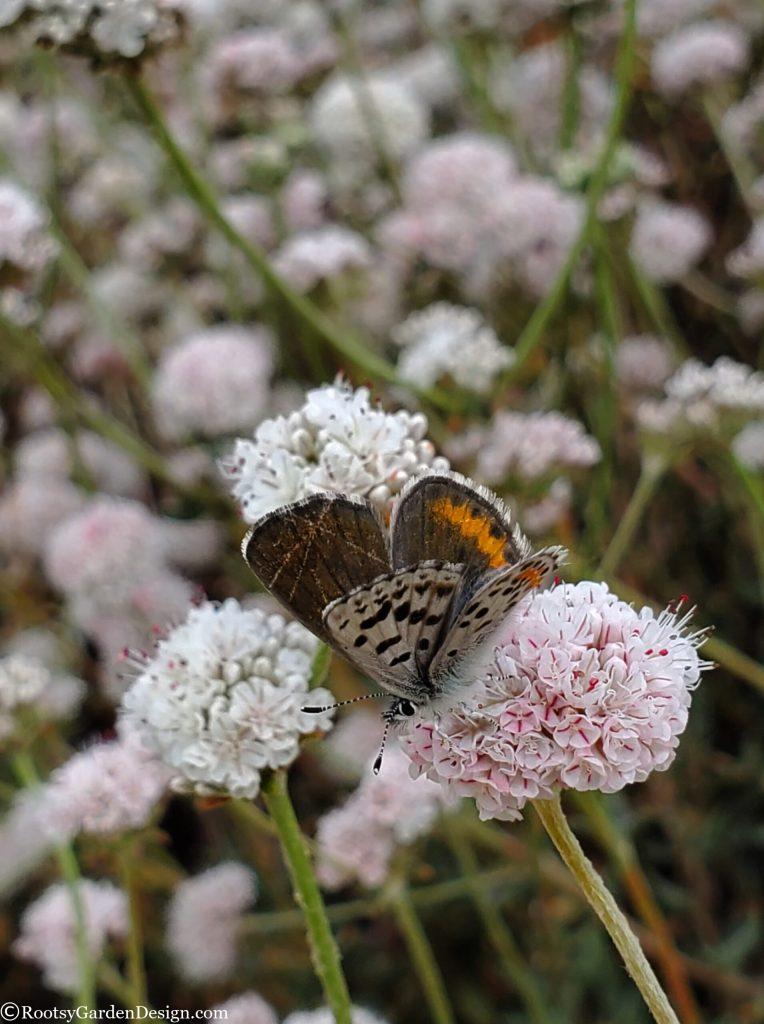
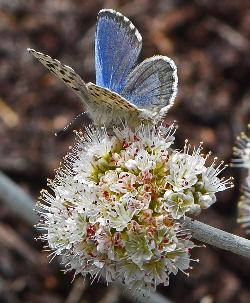
Male Smith’s Blue Butterfly
Image Credit: U.S. Fish & Wildlife Services, ecos.fws.gov
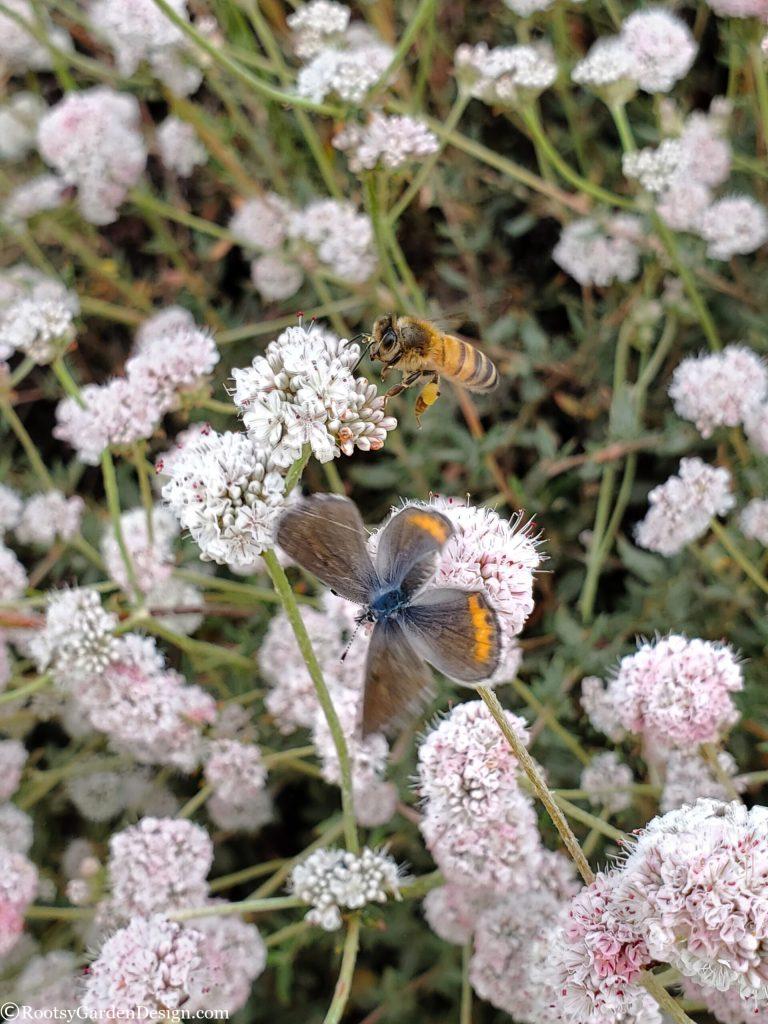
Endangered Species
Smith’s Blue Butterfly has been on the endangered list since 1976 (before I was even born!) which made seeing them in their natural habitat even more special. With such a localized habitat, any threat to the buckwheat plants along the California coast, such as land development and cattle grazing, may be detrimental to the survival of this butterfly.
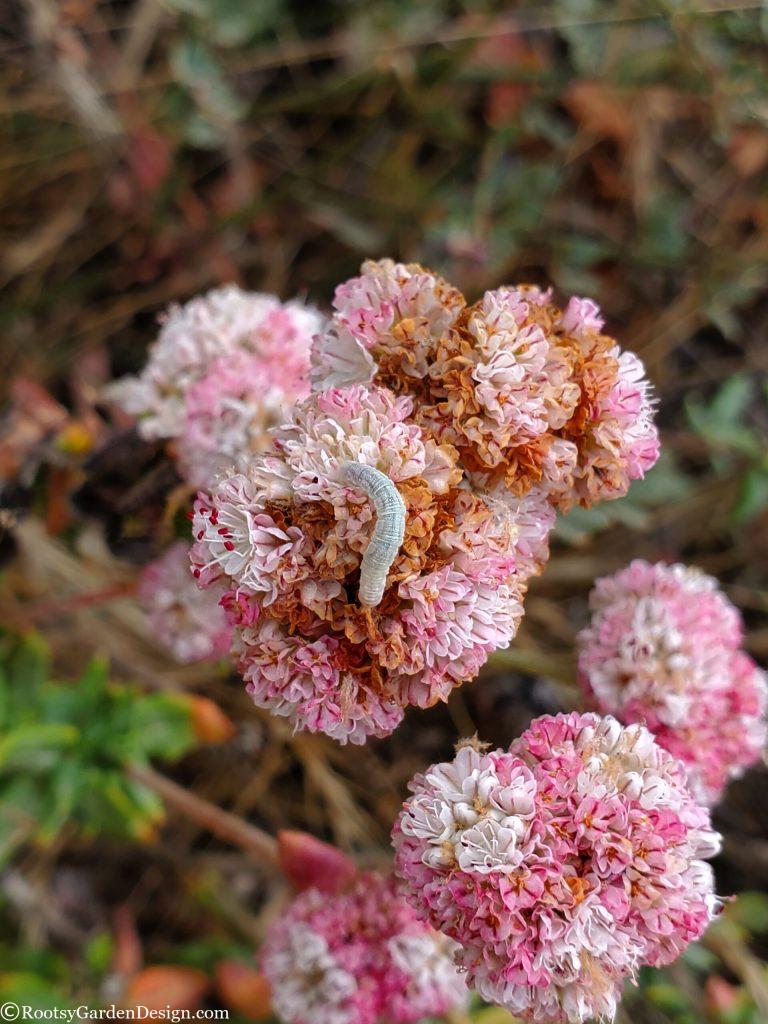
Ant Bodyguards – Will work for poop!
When I see ants scaling the trunks of my fruit trees or veggies, I think “Oh no…Aphids!” As annoying as it is when you’re trying to grow crops, one must admire the relationship between ants and aphids. Ants protect aphids from natural predators and, in return, the aphids provide sugar poop payment. That’s right – glistening, sticky, sweet “honeydew” POOP!
Well, it turns out Smith’s Blue Butterfly larvae have the same symbiotic relationship with ants that aphids do…poop payment for protection. Ants harvest the larvae’s delicious excrement and fiercely protect the young larvae from natural predators, such as spiders and wasps. The ants have no idea how grateful the Endangered Species Act must be for their assistance in keeping this delicate species alive.
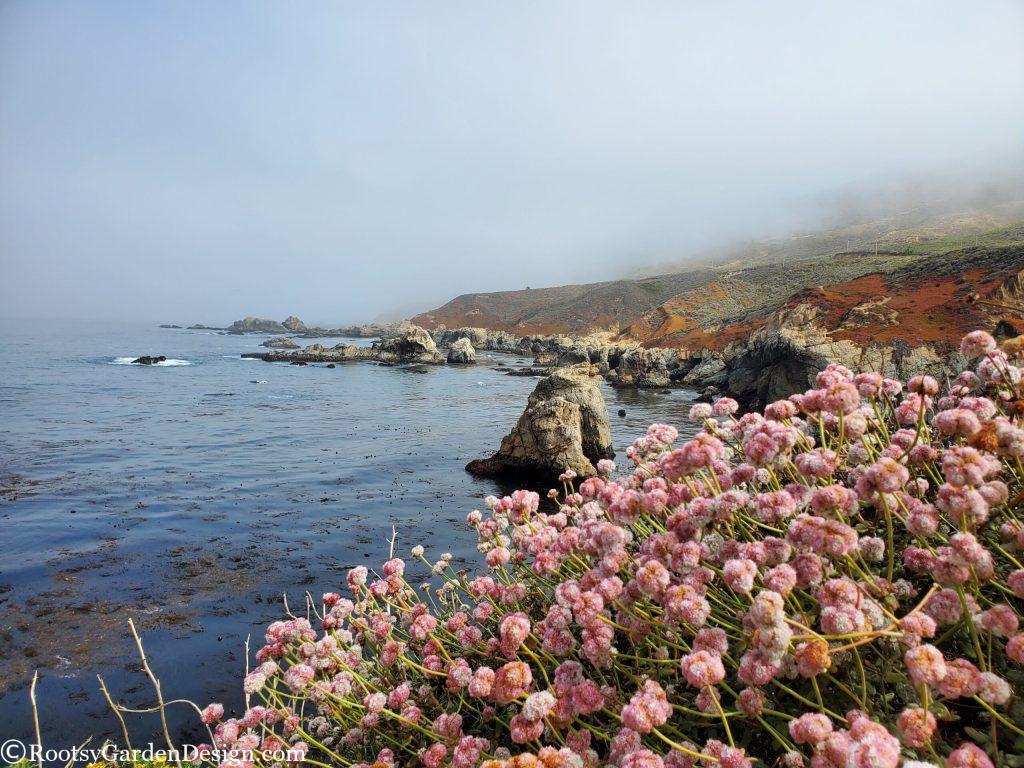
Native Buckwheat Beauty in Your Own Garden
You may not live on the coast, let alone near areas where Smith’s Blue Butterfly fly. However, native buckwheat (Eriogonum) varieties are gorgeous plants to incorporate into your landscape – for their beauty, low water usage, and to support native pollinators. Instead of deadheading them right away, leave them untouched to enjoy the colorful and structural seed heads. After the birds have enjoyed the bounty of seeds, you can remove the spent flowers.
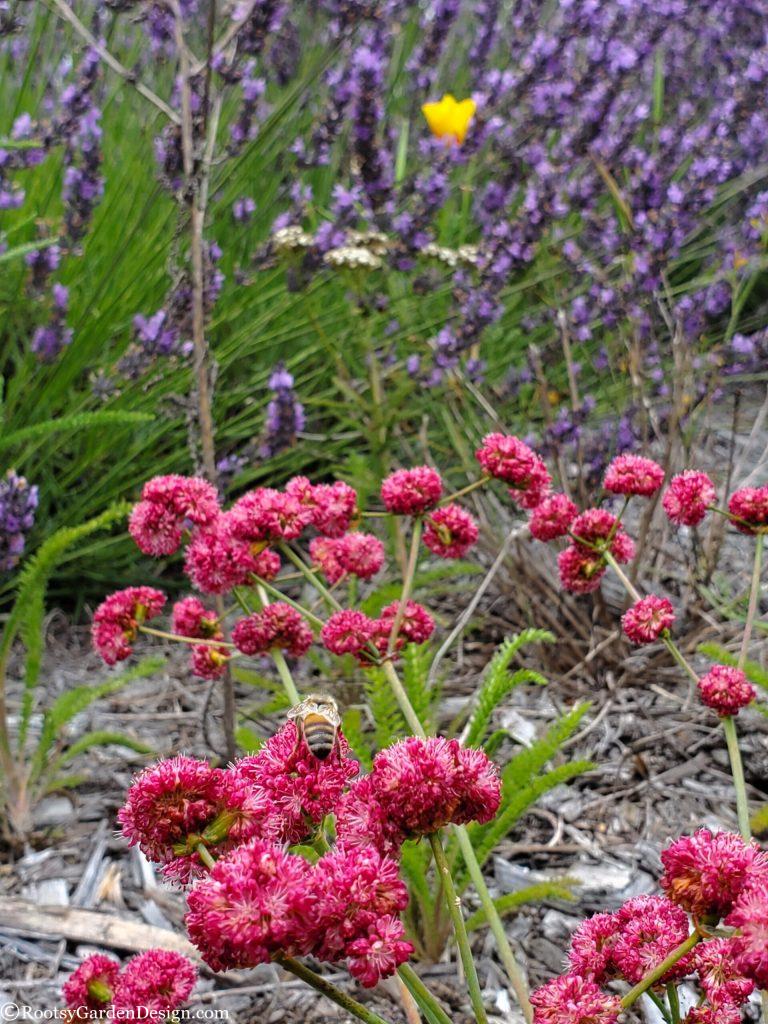
Deep pink/red pom pom flowers on Eriogonum grande var. rubescens in our own Rootsy dry garden.
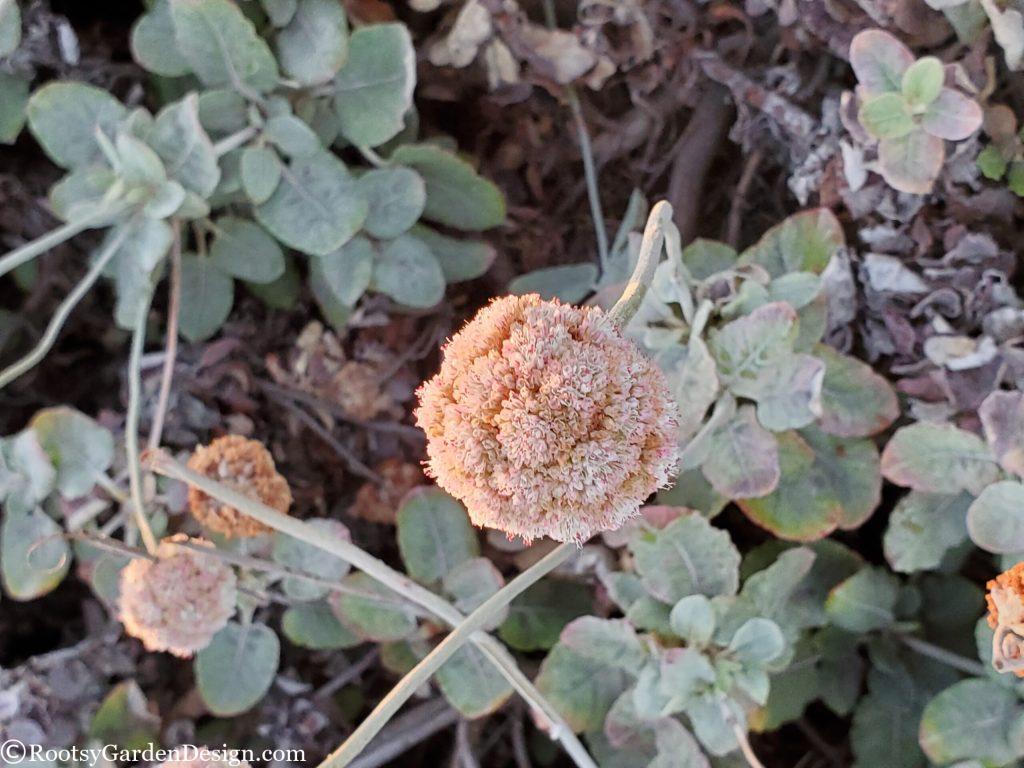
E. latifolium
